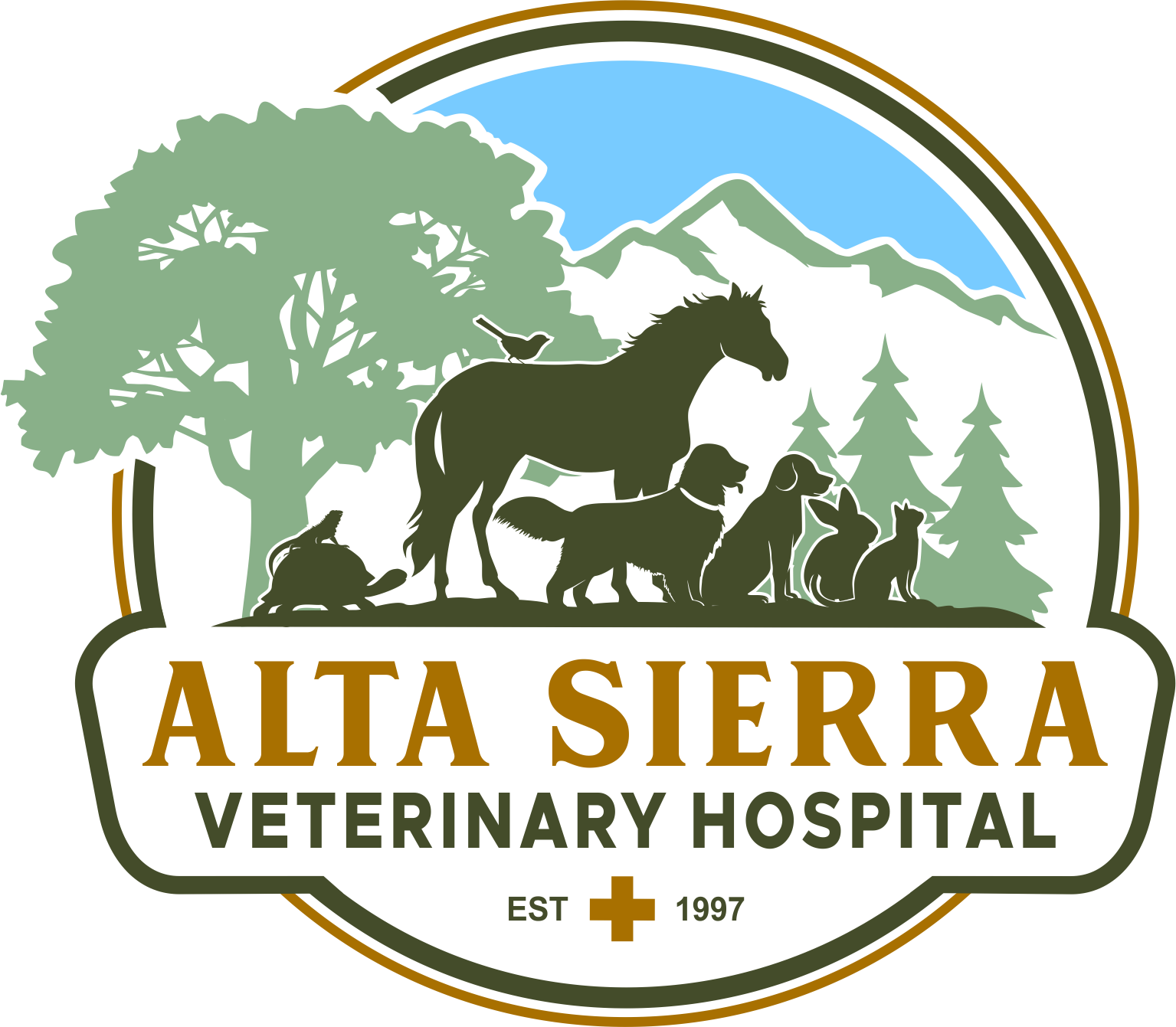Library
-
A chemodectoma is a type of tumor made up of chemoreceptor cells. Chemoreceptor cells detect chemical changes in the body and respond by regulating chemical or physical processes. These tumors are most often seen along one of the carotid arteries and the aorta. Brachycephalic breeds are more predisposed to these types of tumors, though they may occur in any dog breed. These tumors are usually locally aggressive, however, there are rare cases of metastasis to other organs, including the lungs, lymph nodes, and bone.
-
Children and Pets
El nacimiento de un bebé o la adopción de un niño/a siempre van unidos a una gran excitación, ansiedad y estrés, pero no sólo para la familia, también las mascotas se ven afectadas.
-
Nitenpyram is given by mouth and is used on and off label to treat adult flea infestations and fly larvae infestations. Give as directed by your veterinarian. The most common side effect is itchiness. Do not use in pets that are allergic to it, in pets that weigh less than 2 pounds, or in pets younger than 4 weeks old. If a negative reaction occurs, please call your veterinary office.
-
Nitrofurantoin is an antibiotic used to treat bacterial urinary bladder infections. It is typically used as a second-line antibiotic, when broad-spectrum antibiotics have not cleared the infection. It is used “off label” or “extra label” in veterinary medicine. Nitrofurantoin comes in capsule or liquid forms given orally. Never use in food-producing animals or animals intended for food.
-
Nitrofurazone topical (brand names Fura-Septin®, Furazone, others), is an antimicrobial used to treat surface bacterial infections, wounds, and skin ulcers in dogs. Some products may be labeled for use in cats. Nitrofurazone topical comes in ointment and powder forms. It is prohibited for use in food-producing animals.
-
Nizatidine is a histamine-2 (H2) blocker antacid used to help prevent and/or treat stomach ulcers in cats and dogs. It may also be used as a prokinetic agent to help empty the stomach. It is used off label (extra label) in veterinary medicine. Nizatidine comes in oral capsule, tablet, and liquid forms.
-
Nonsteroidal anti-inflammatory drugs (NSAIDs) are most often used to reduce pain, inflammation, and fever, much like how ibuprofen and naproxen are used by humans. In pets, they are most used around surgical procedures, after injury, or to help manage chronic pain such as that of osteoarthritis. Risks and potential side effects are discussed.
-
The term 'nutraceutical' was coined to represent compounds found in food and herbs that are not technically considered nutrients, such as vitamins or minerals, but may have a profoundly beneficial impact on the health of the body. Common examples of nutraceuticals include glucosamine, which is used in the treatment of arthritic conditions for both dogs and cats, and antioxidant compounds, that help in the prevention of cancer.
-
Nutritional changes can improve the management and treatment of pancreatic diseases in cats. Diet type and pancreatitis in cats may not be as crucial as in dogs. Diet factors for managing pancreatitis, exocrine pancreatic insufficiency, diabetes mellitus, and insulinoma are discussed. Recommendations for feeding diabetic cats and approaching hypoglycemia are also described.
-
Like dogs and people, cats are susceptible to age-related brain changes associated with Cognitive Dysfunction Syndrome (CDS). Behavioral changes such as excessive vocalization at night, having bathroom accidents, and increased anxiety are often associated with CDS, but a thorough examination must be completed to ensure that another medical reason is not the cause of the behavioral changes. Supportive care for the condition is discussed.

